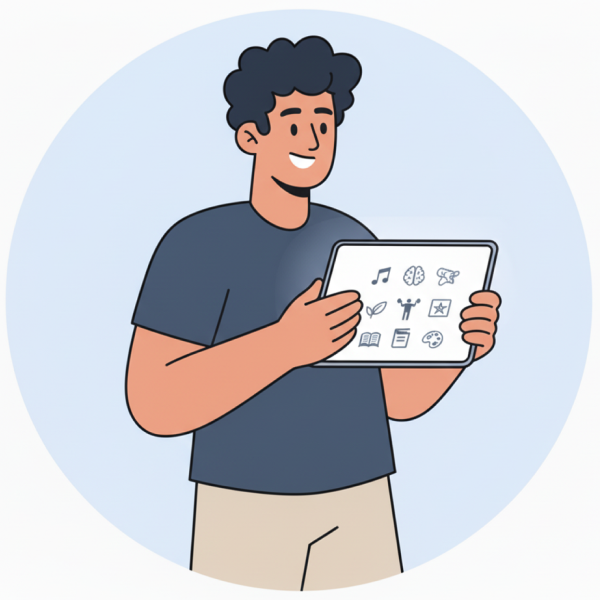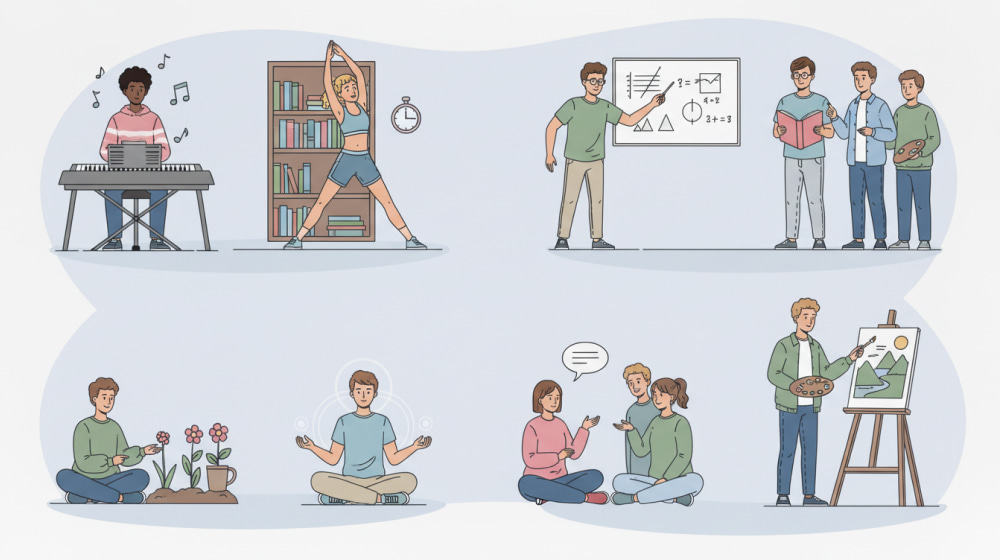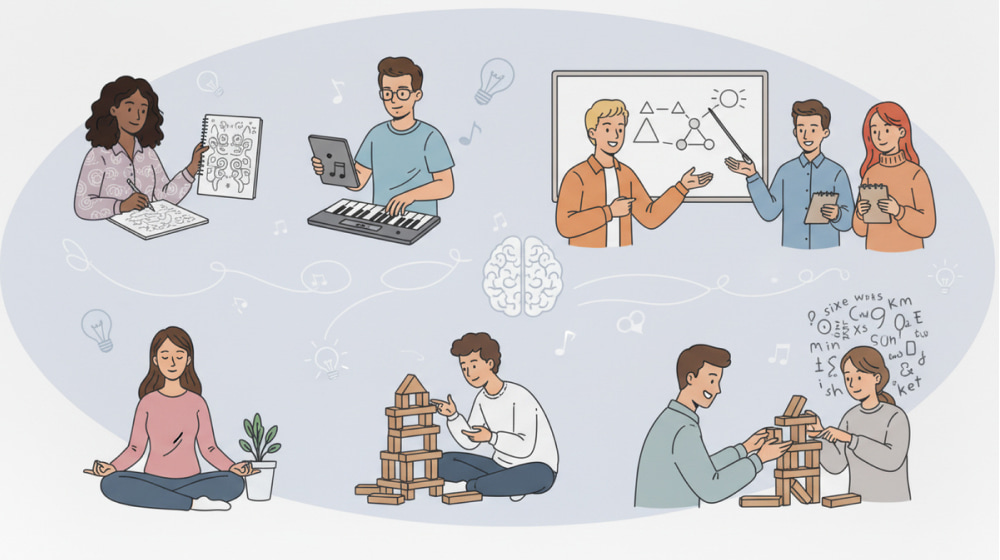
Discover What Your Intelligence Type Is
Educators and coaches increasingly rely on tools that translate that question into practical insight, helping users pinpoint patterns in strength and preference. In that context, the multiple intelligences test offers a structured snapshot that spotlights cognitive, creative, and interpersonal tendencies with actionable clarity. Results can guide study strategies, communication choices, and project roles without reducing anyone to a single score.

Program designers also turn to frameworks that align activities with personal cognitive profiles, improving motivation and retention over time. Some instruments draw inspiration from academic research and field observations that span decades. When used with care and context, the Gardner intelligence test concept positions learning not as a ladder but as a map, and that map helps learners choose the most effective route. For quick classroom check-ins, teams sometimes start with a brief multiple intelligences quiz to open discussion and build shared understanding.
Boost Learning With a Multiple Intelligences Assessment
Modern instruments vary in length, scoring method, and reporting format, but their purpose is consistent: to illuminate patterns that users can leverage. In casual settings, some learners prefer a short format often referred to as an mi test, which offers a quick profile before deeper exploration. Others opt for more robust inventories aligned with research traditions, including adaptations inspired by the Gardner multiple intelligences test that educators discuss in professional development circles. Budget-conscious learners sometimes start with a free multiple intelligence test to get a baseline, then follow up with coaching or coursework to enrich the findings.
| Intelligence | Everyday Strengths | Study Strategy |
|---|---|---|
| Linguistic | Wordplay, storytelling, persuasive writing | Summarize chapters aloud and annotate actively |
| Logical–Mathematical | Pattern detection, modeling, quantitative analysis | Turn concepts into stepwise frameworks and flows |
| Spatial | Visualizing systems, sketching layouts, mapping | Create diagrams and color-coded mind maps |
| Musical | Rhythm recognition, tonal memory, composition | Use cadence for memorization and timed review |
| Bodily–Kinesthetic | Hands-on building, movement-based problem solving | Study with manipulatives and short movement breaks |
| Interpersonal | Group facilitation, empathy, collaborative planning | Form study circles and teach concepts to peers |
| Intrapersonal | Self-reflection, goal setting, autonomy | Journal insights and track habits with metrics |
| Naturalistic | Classification, patterning in nature, systems thinking | Connect topics to real ecosystems and field notes |
Professional teams benefit as well, because task allocation and feedback can align with natural aptitudes. For formal programs, some prefer instruments that echo academic lineage, such as the howard Gardner multiple intelligences test framing used in training seminars. These tools anchor discussions in research traditions and shared terminology. Others choose an intelligence type test that emphasizes work-role alignment. In curriculum design, analysts sometimes compare findings across types of intelligence test formats to triangulate strengths before setting learning goals.

Building Confidence and Collaboration
Leaders who integrate this perspective often see stronger engagement metrics and smoother collaboration. Beyond performance, the approach can lift confidence: people feel seen for the ways they excel rather than judged for the ways they differ. That cultural shift frequently reduces attrition in learning cohorts and boosts innovation in cross-functional projects.

Multiple Intelligence Quiz: Interpreting Your Results
Start by clarifying your purpose: are you selecting study tactics, mapping career paths, or improving team communication? Next, choose an instrument with transparent instructions, reasonable length, and clear reporting. Honest responses matter more than “ideal” ones, because accuracy produces recommendations you can actually use in school, work, and creative practice.

After you finish, review your profile for recurring patterns rather than fixating on a single high point. Educators often pair results from a multiple intelligences assessment with portfolios and performance samples to validate real strengths. For group diagnostics, coordinators may circulate a brief multiple intelligences survey before workshops, then cluster participants by complementary traits. Individuals seeking a light-touch entry sometimes try a multiple intelligence quiz and follow with a coaching session to translate scores into next steps.
Track Your Growth
Plan small experiments that turn insight into action, then track outcomes and refine. Blend techniques that suit your profile with a few that stretch it, because adaptability multiplies returns over time. Progress emerges as you iterate, reflect, and selectively challenge your default habits.

Frequently Asked Questions
The Latest News



Please Note
This website (multiple-intelligences-test.com) is not an official representative, creator or developer of this application, or product. All the copyrighted materials belong to their respective owners. All the content on this website is used for educational and informative purposes only.
